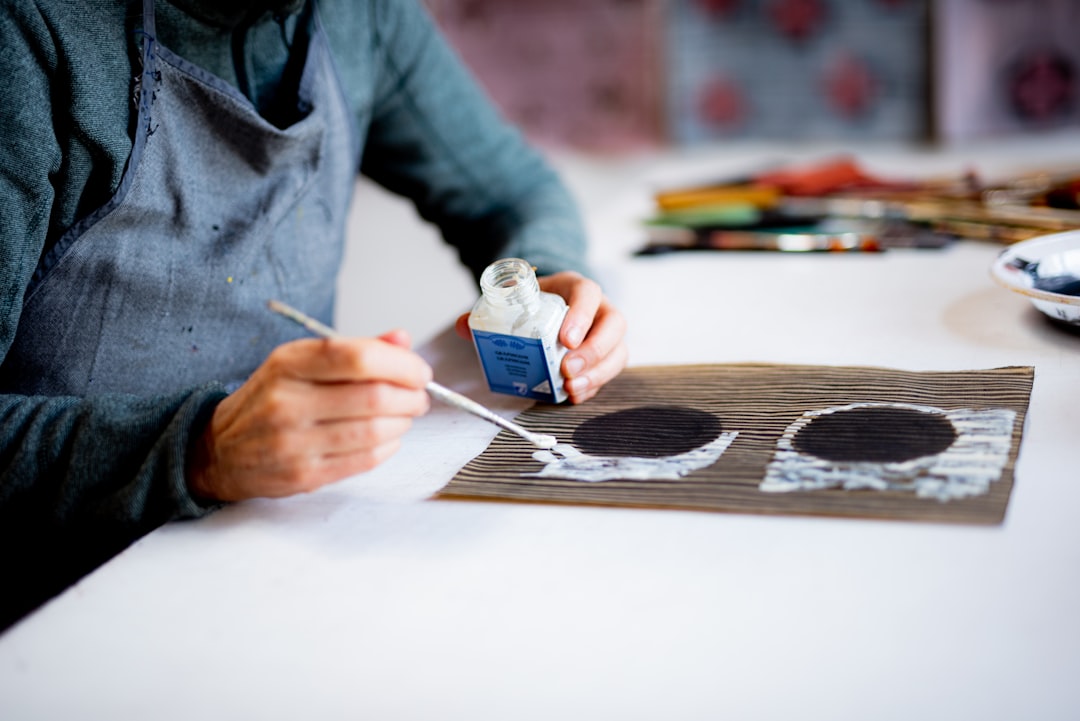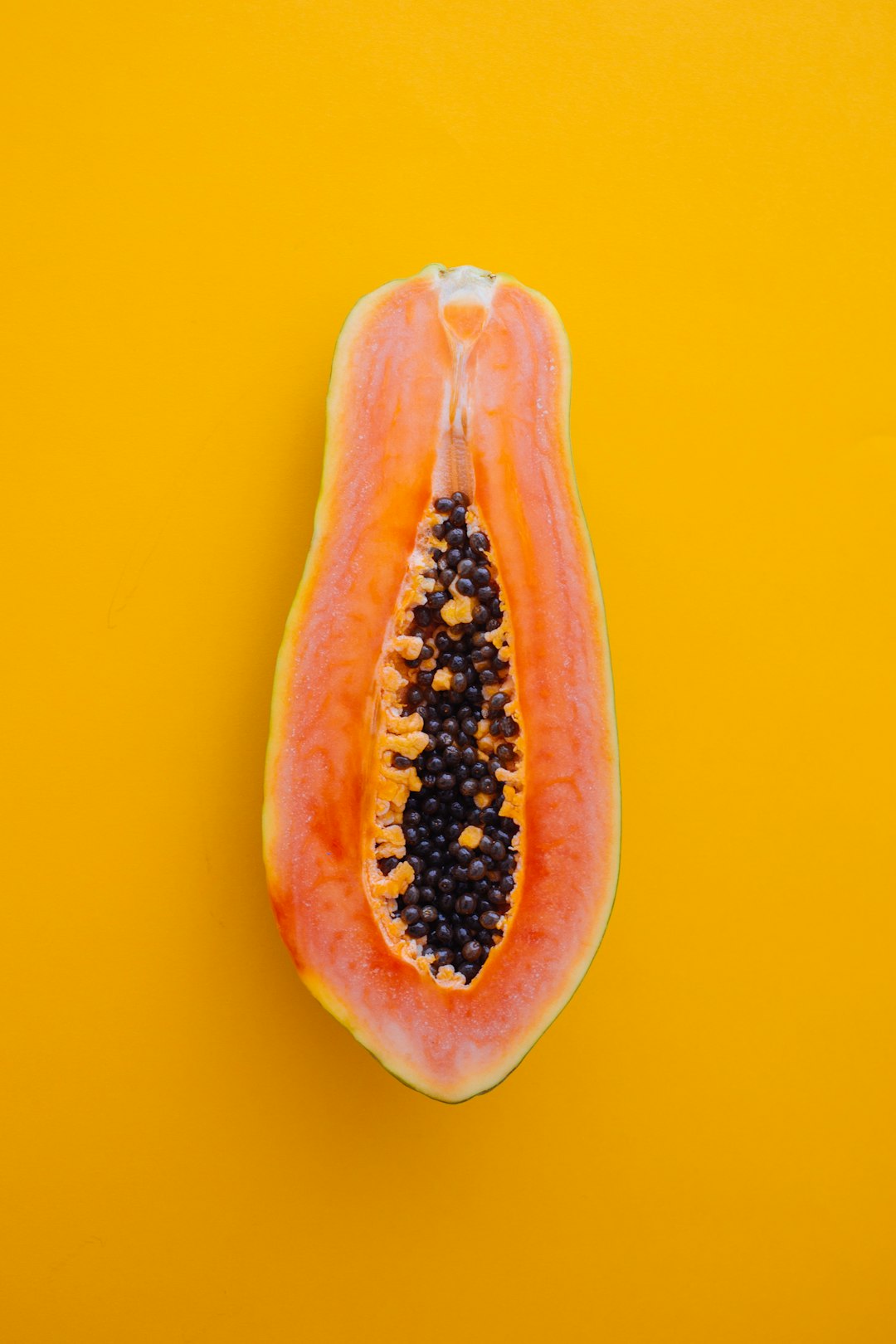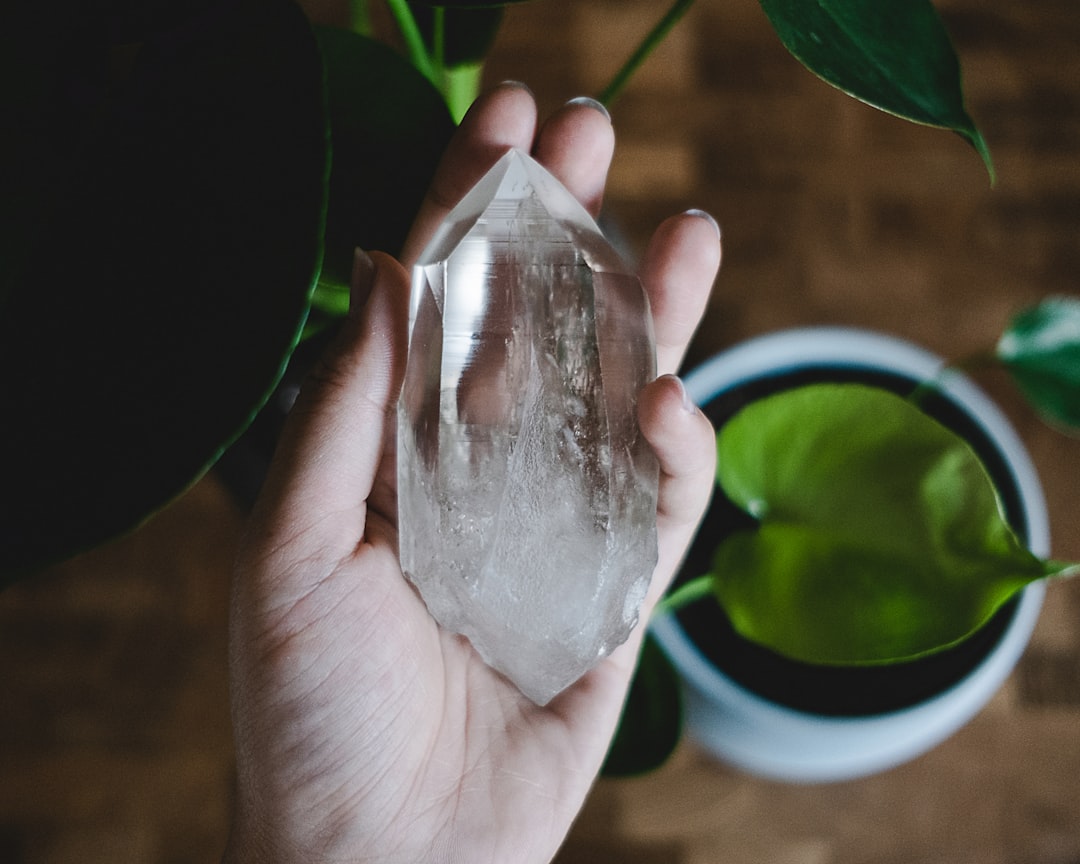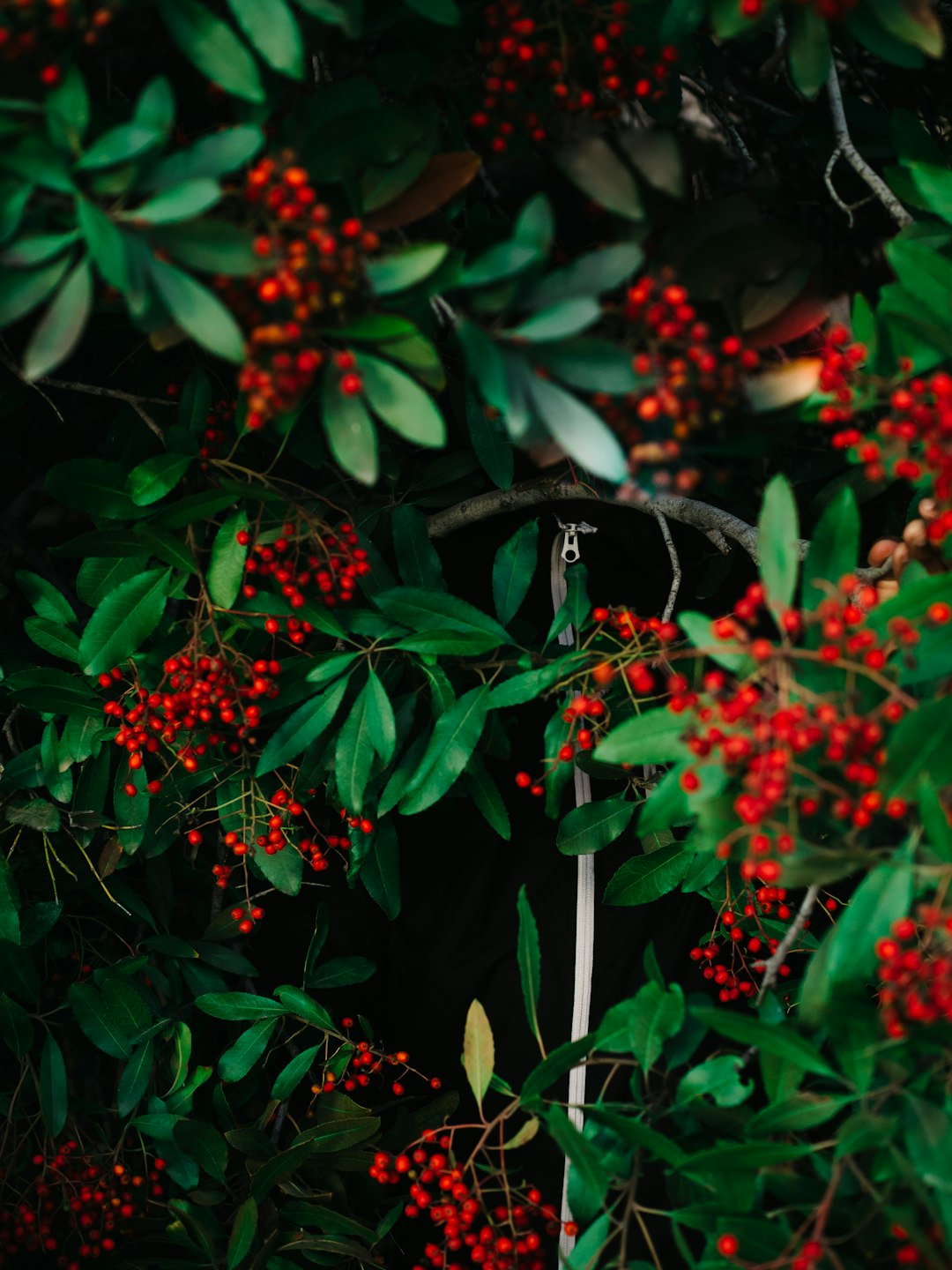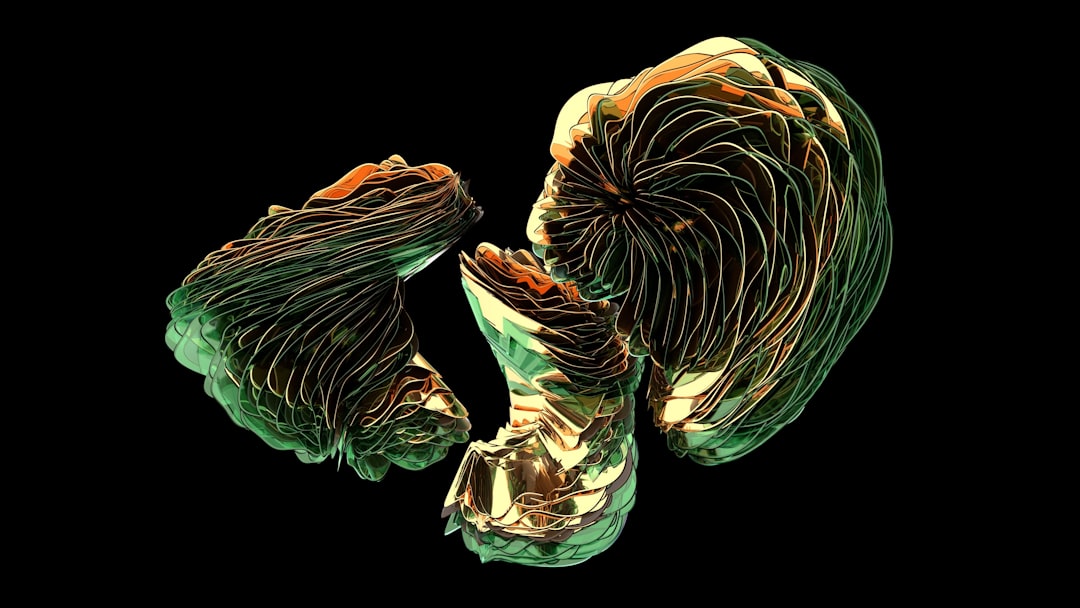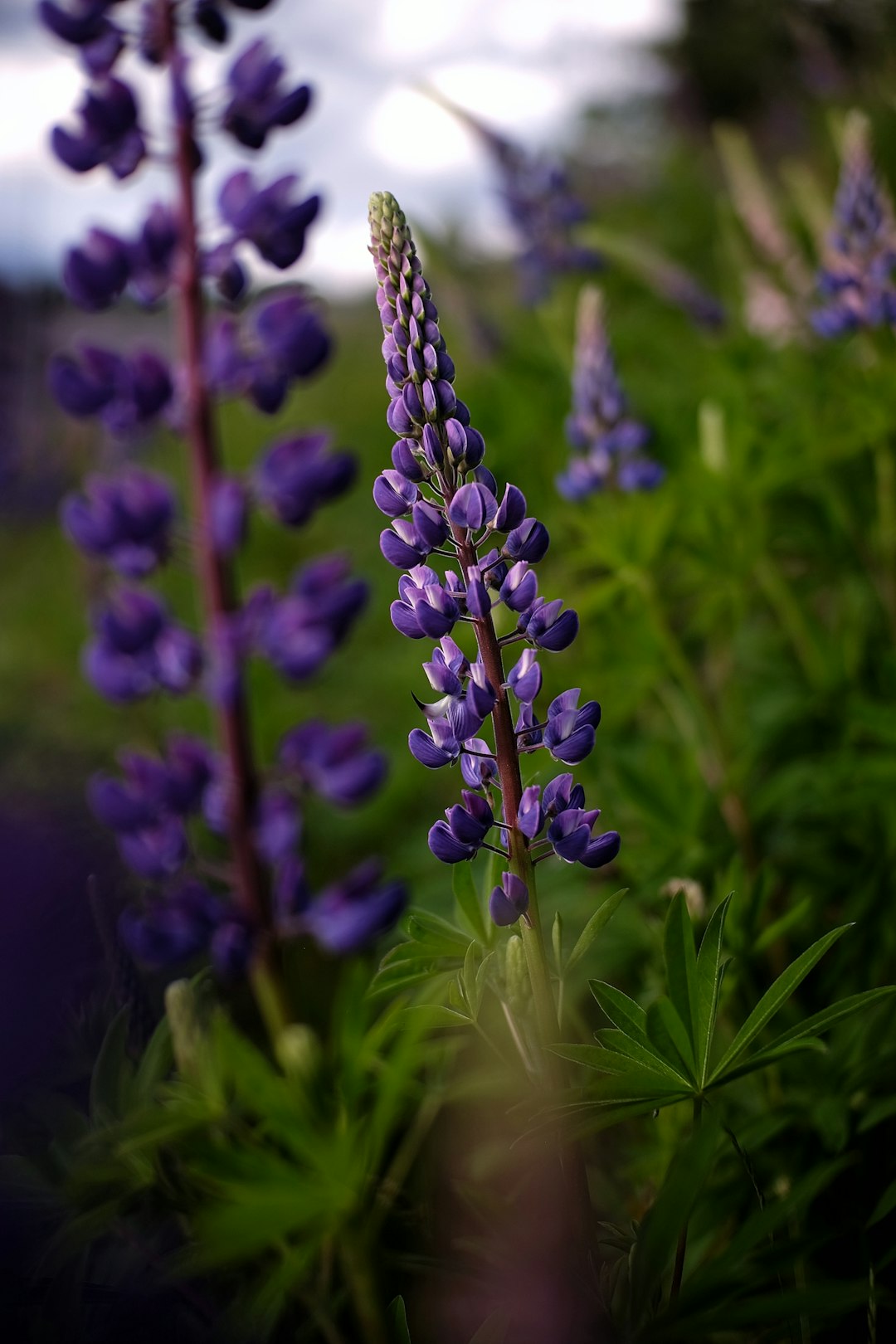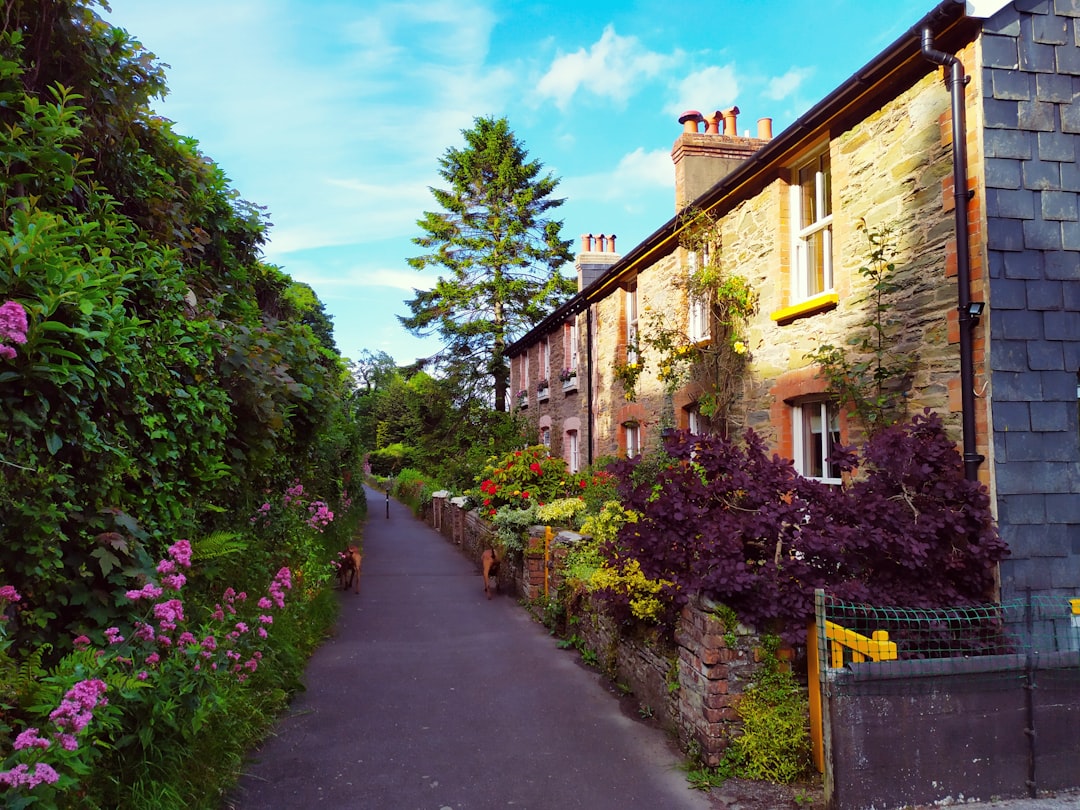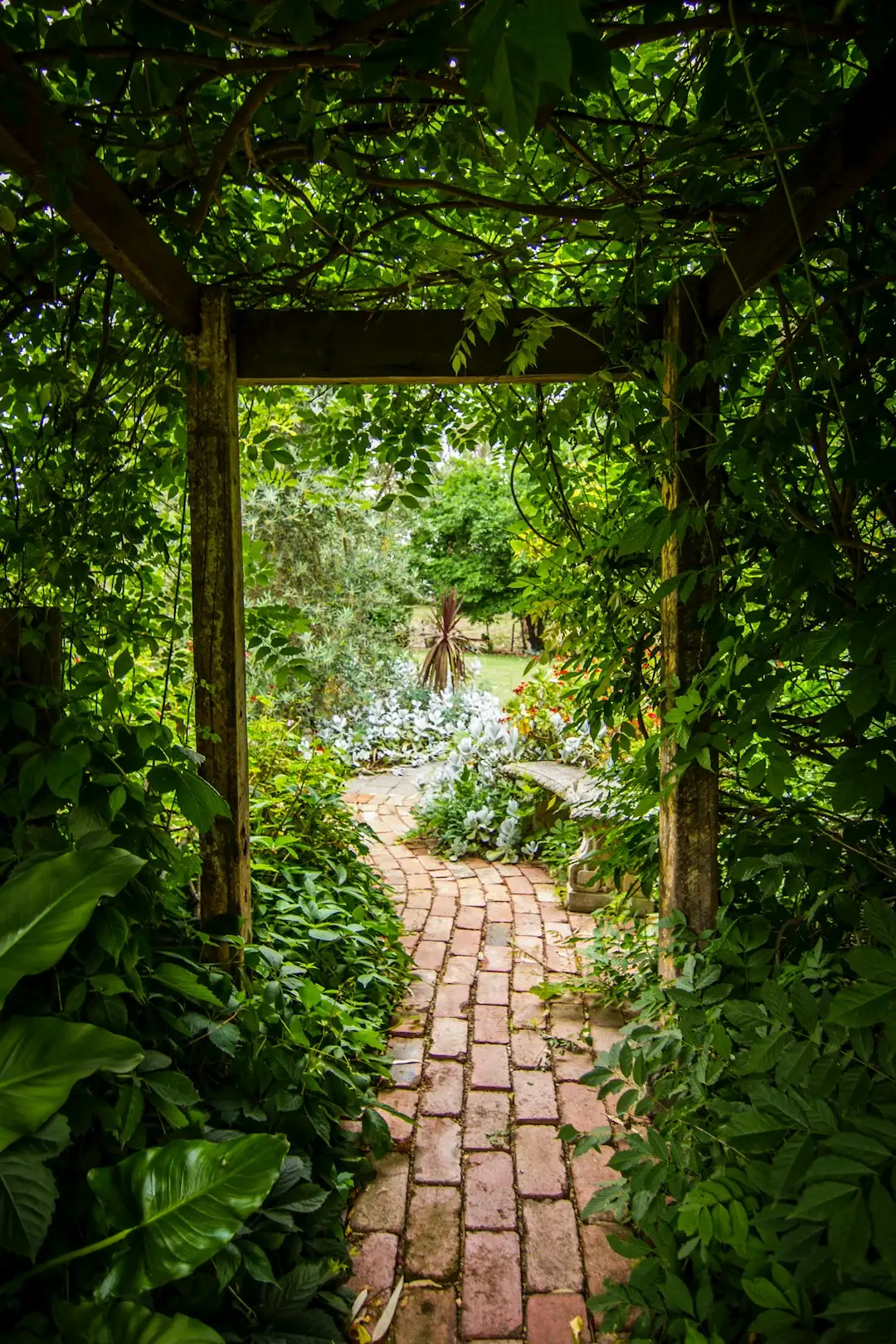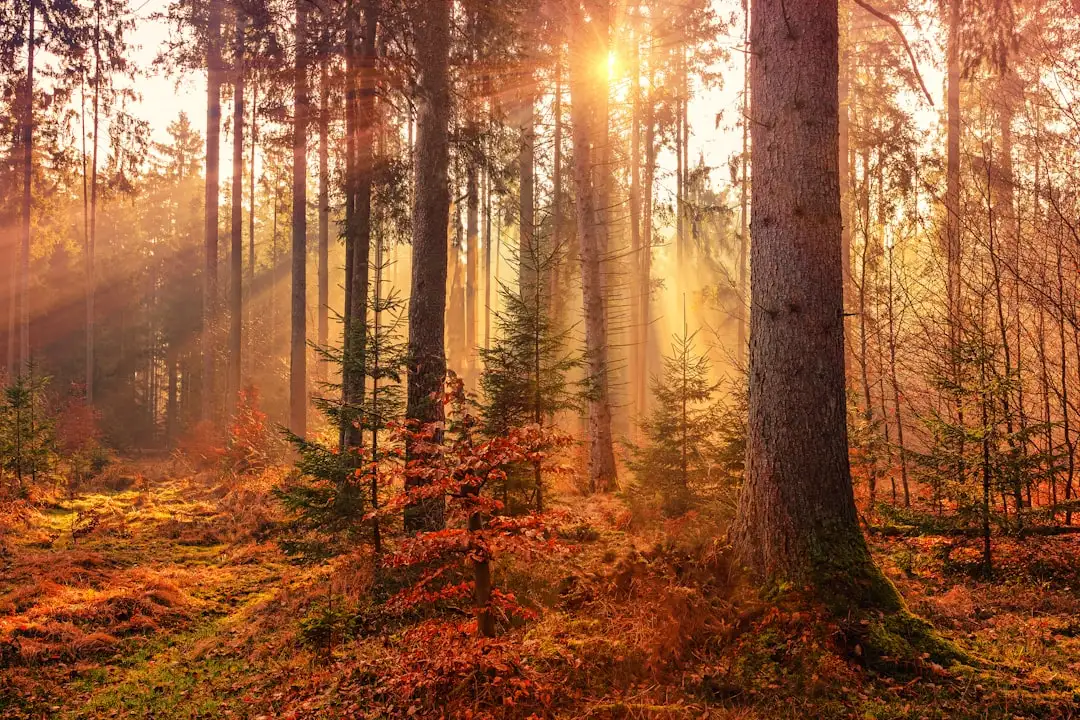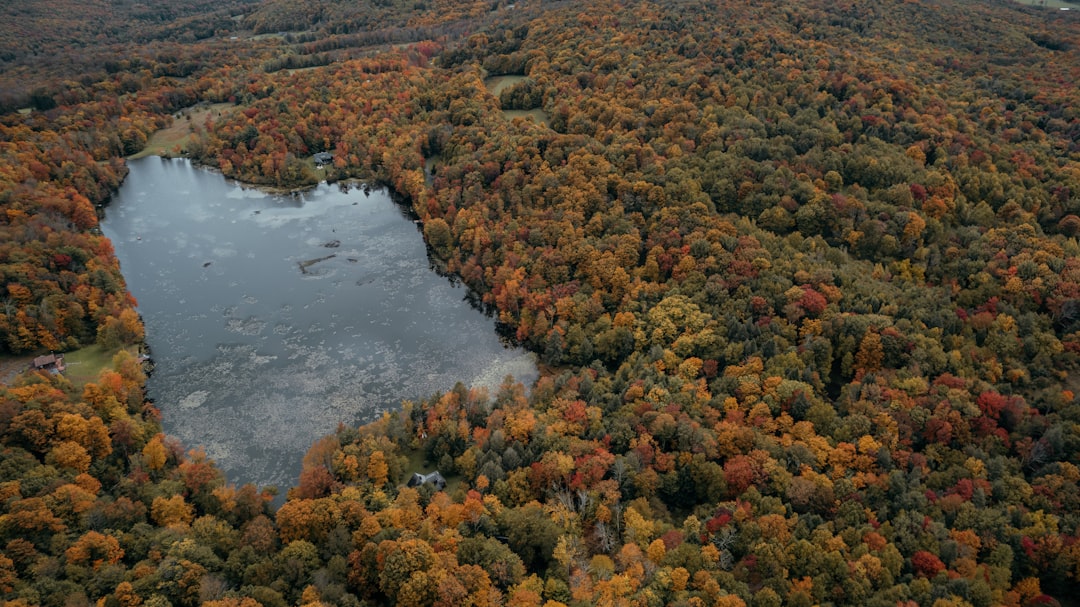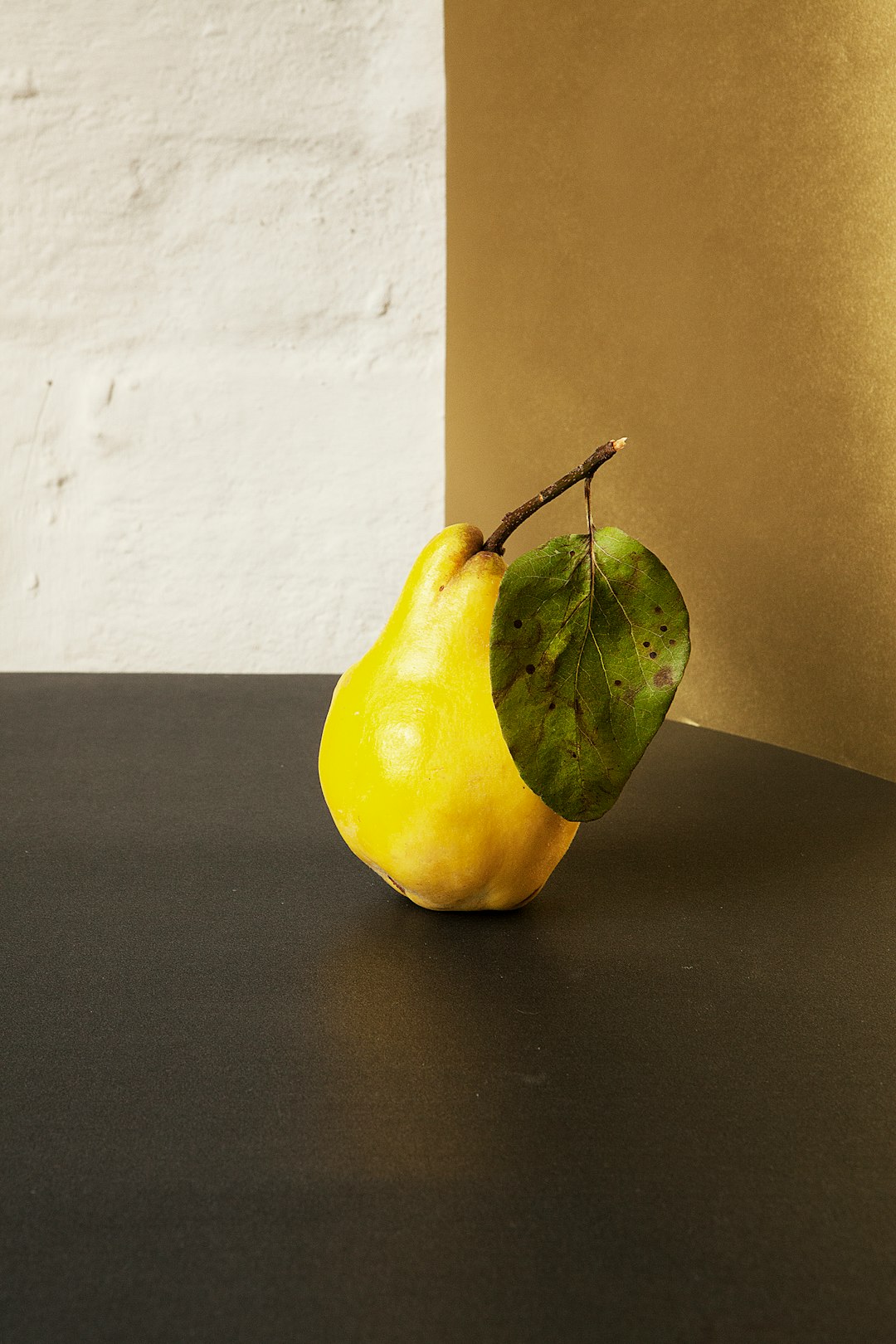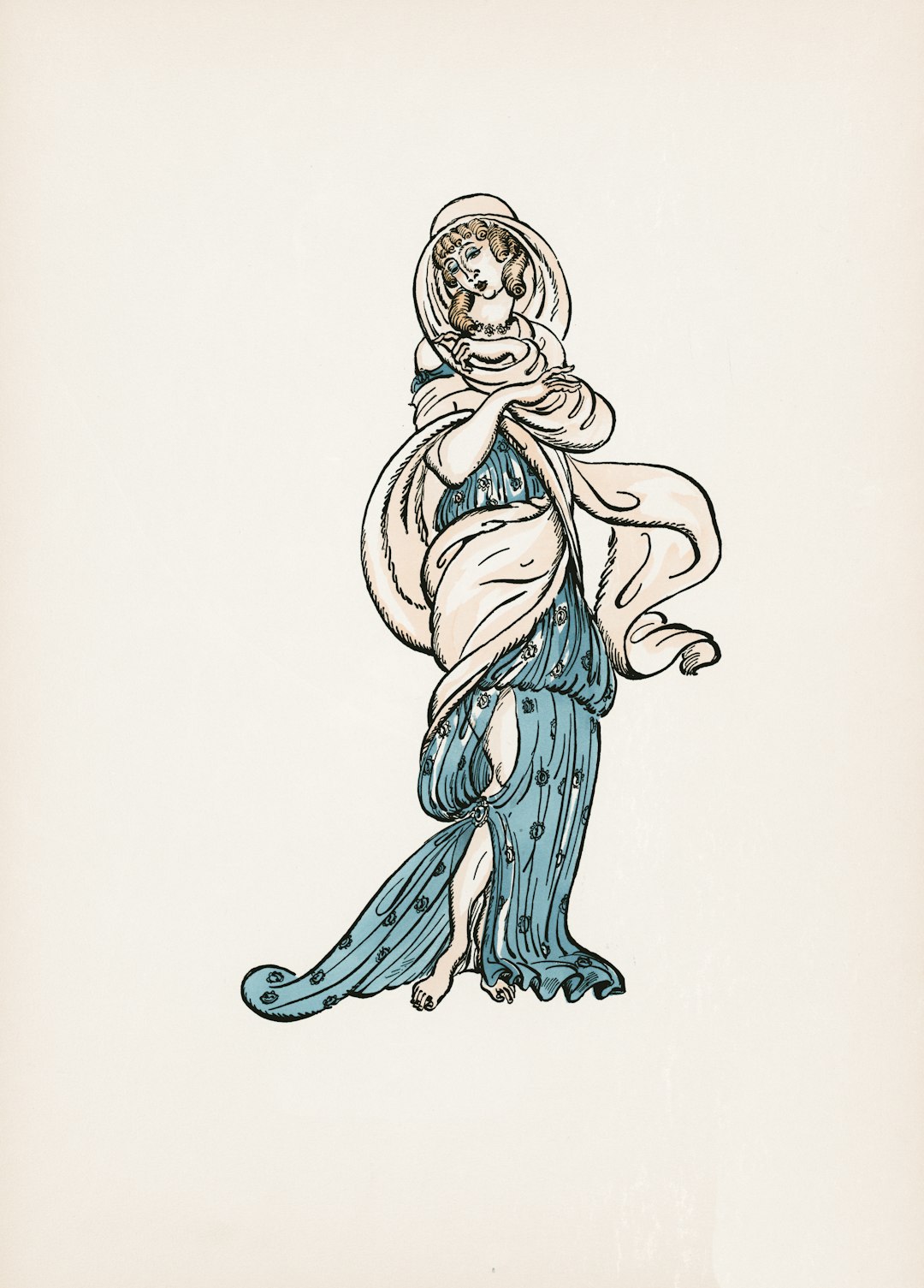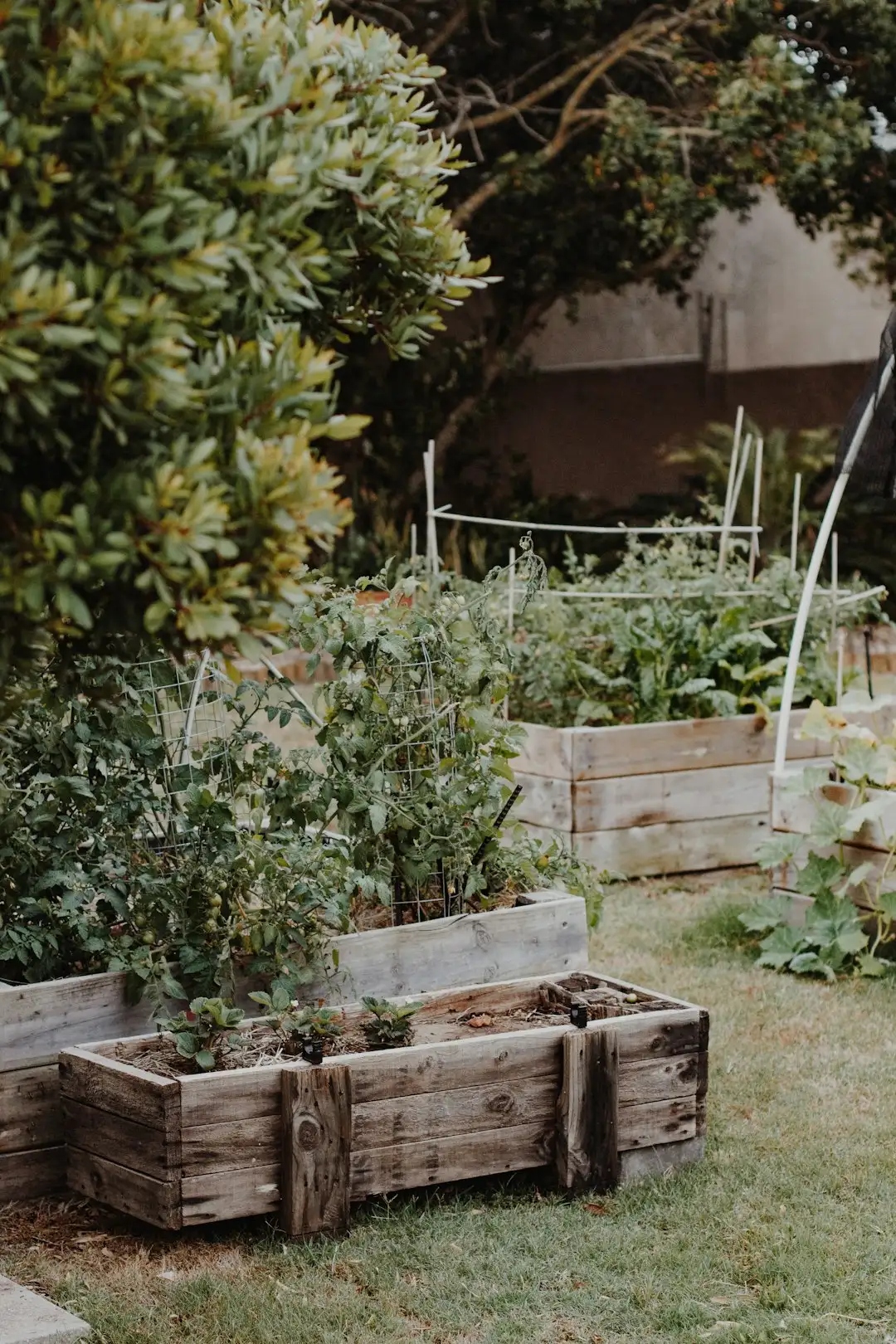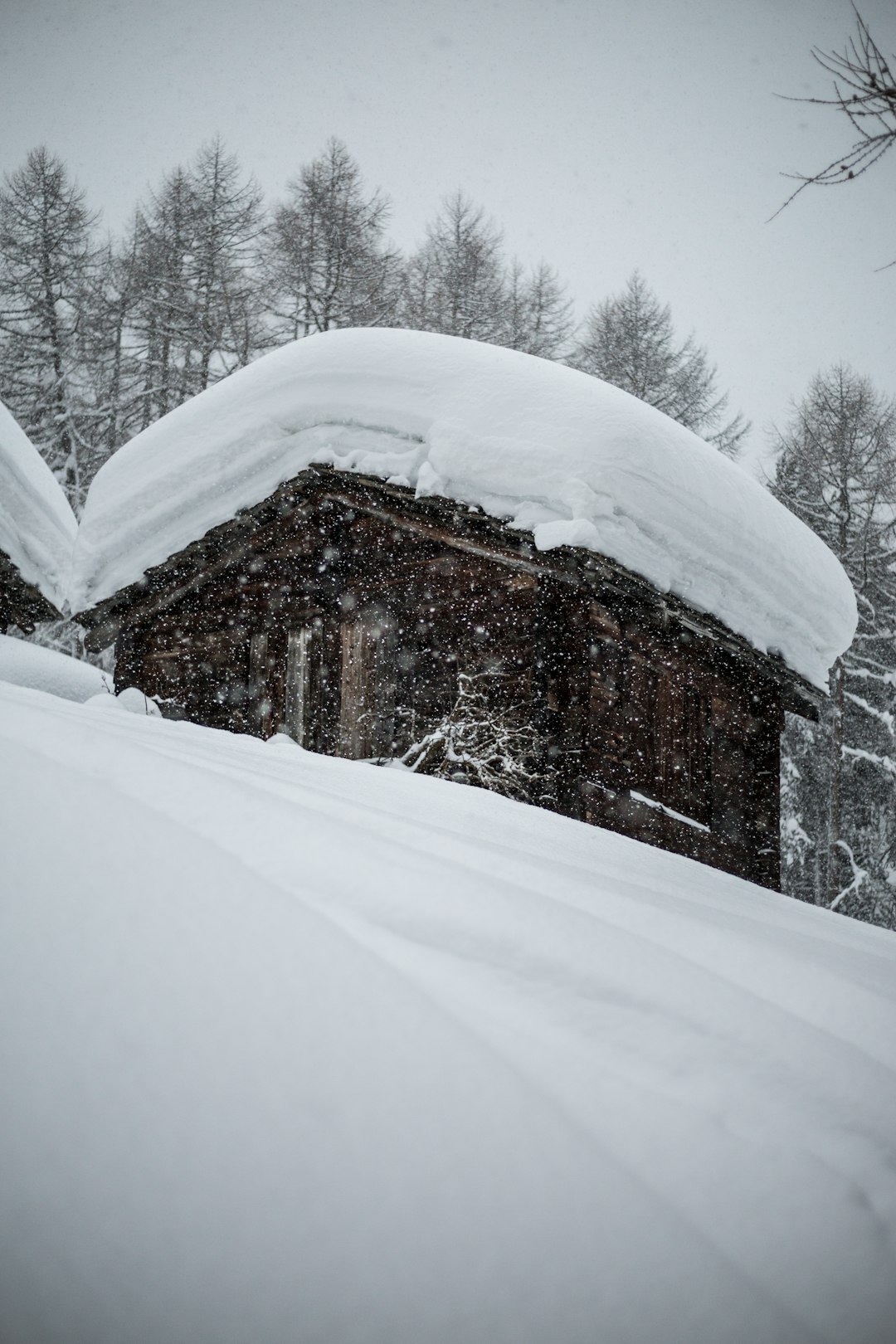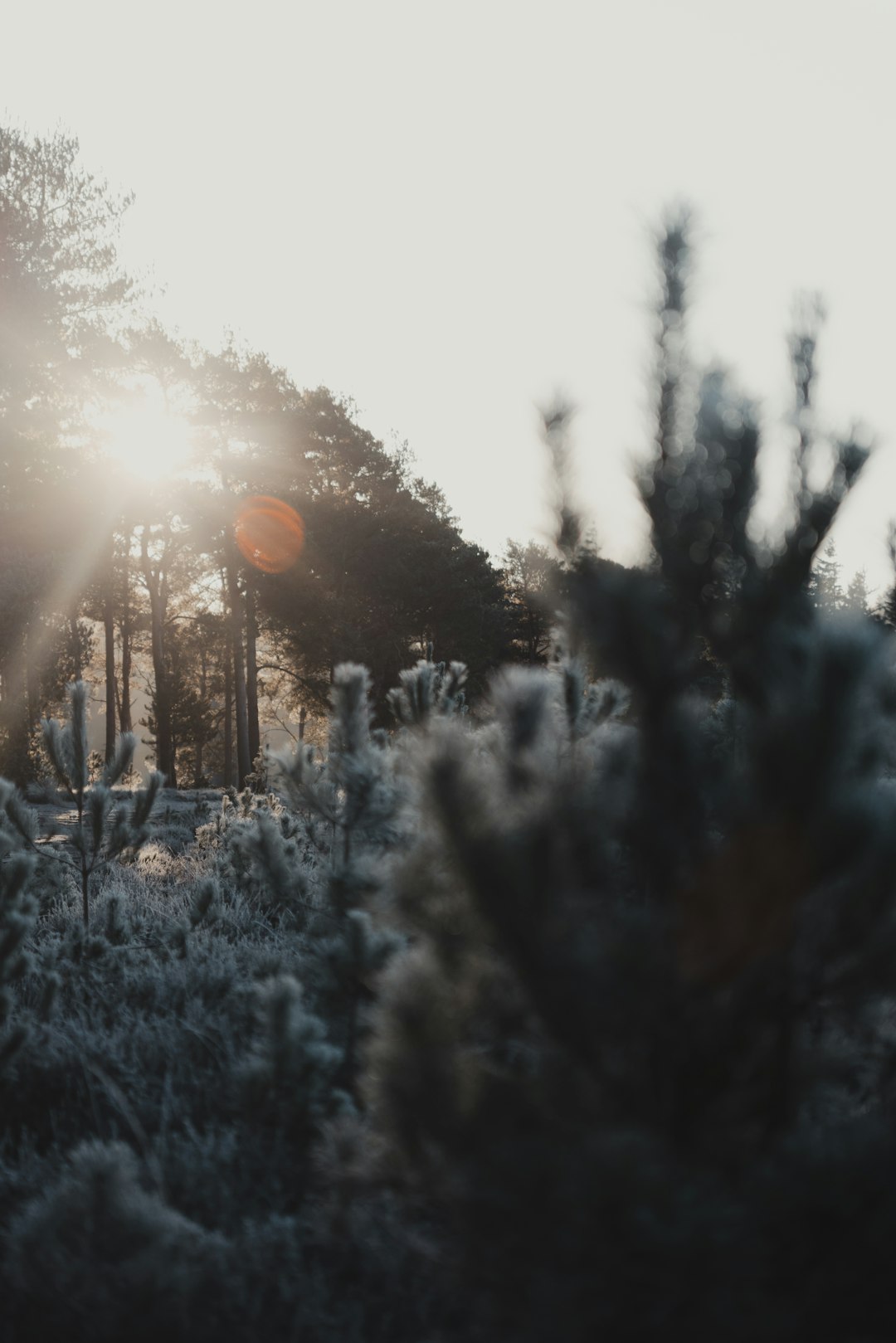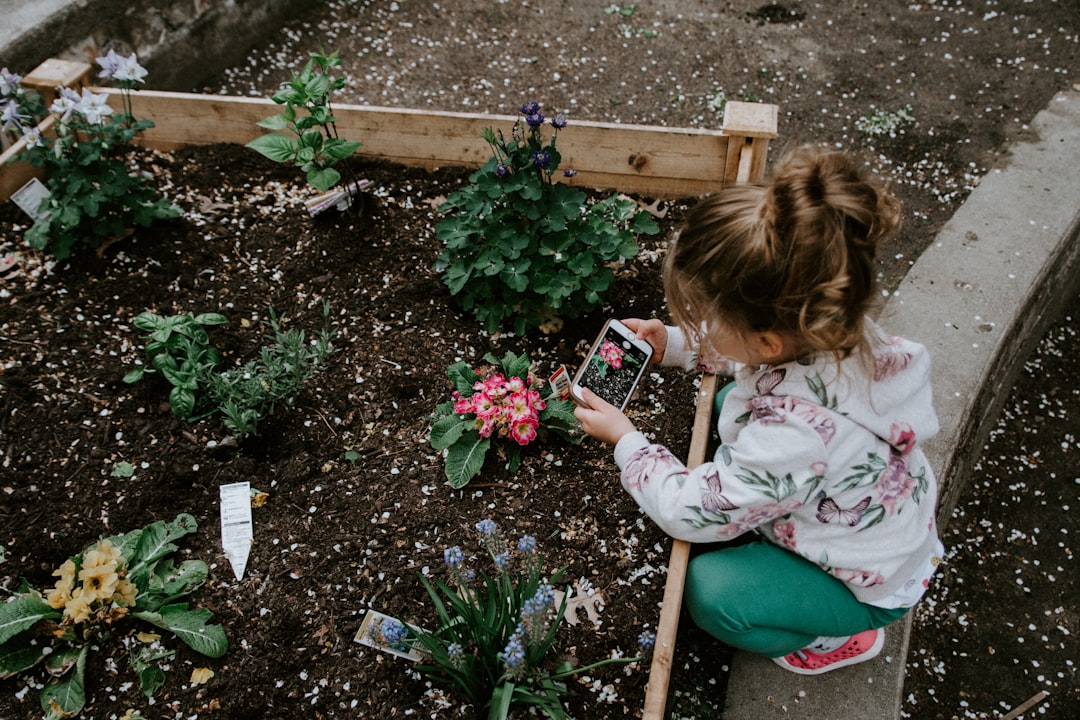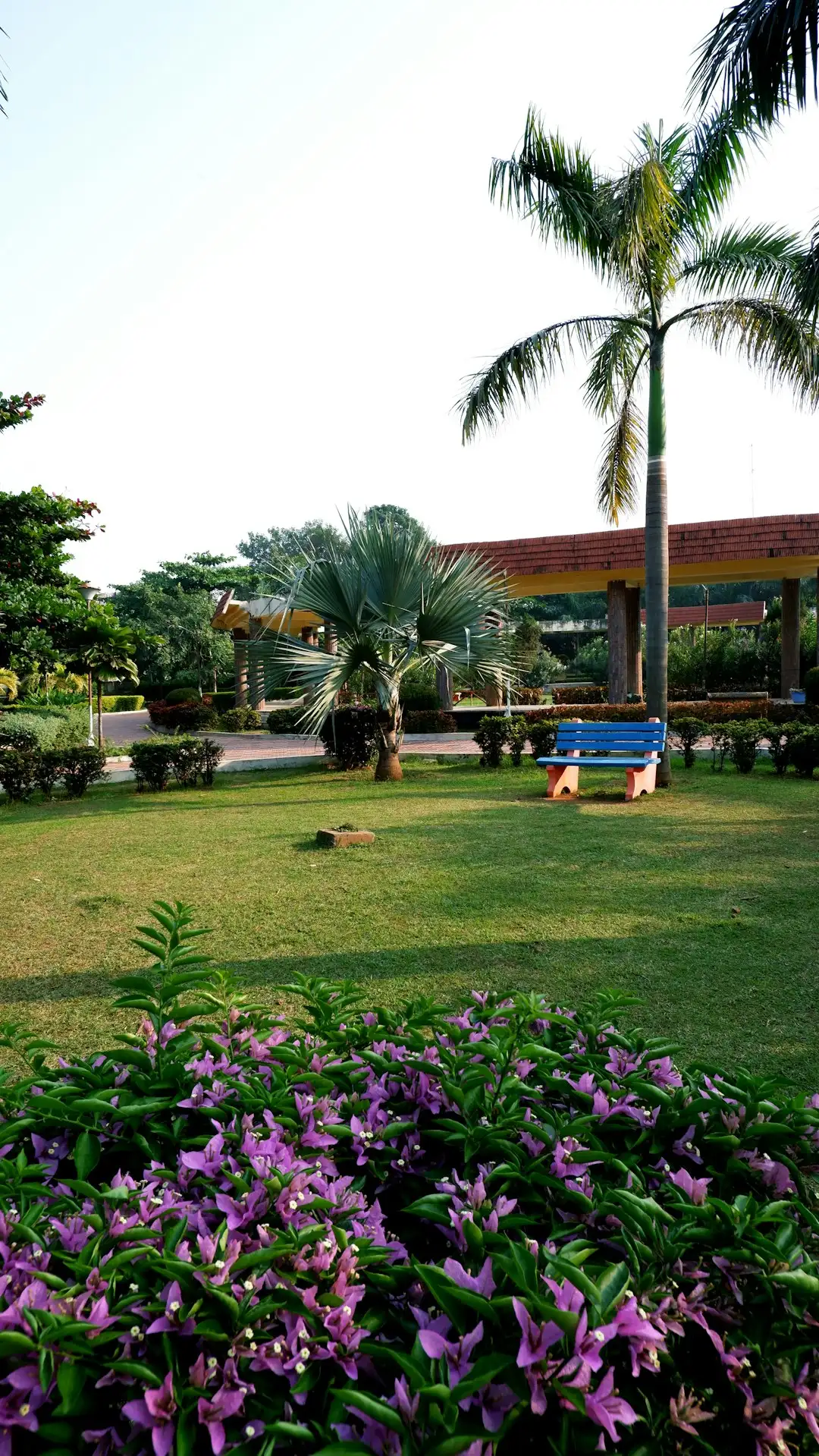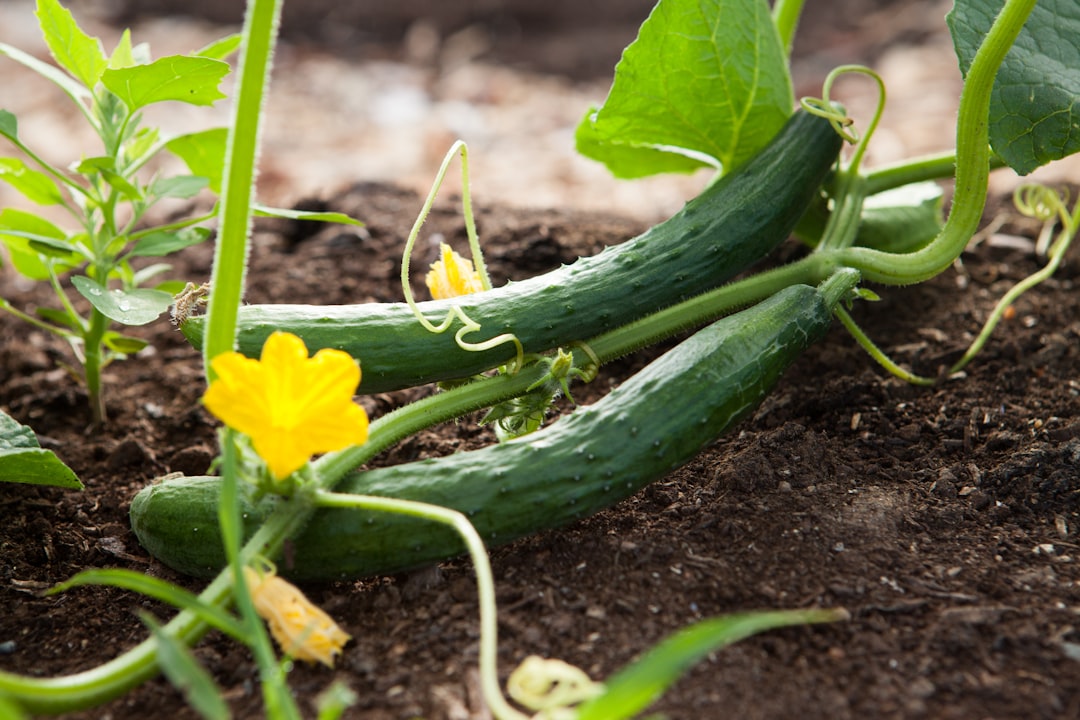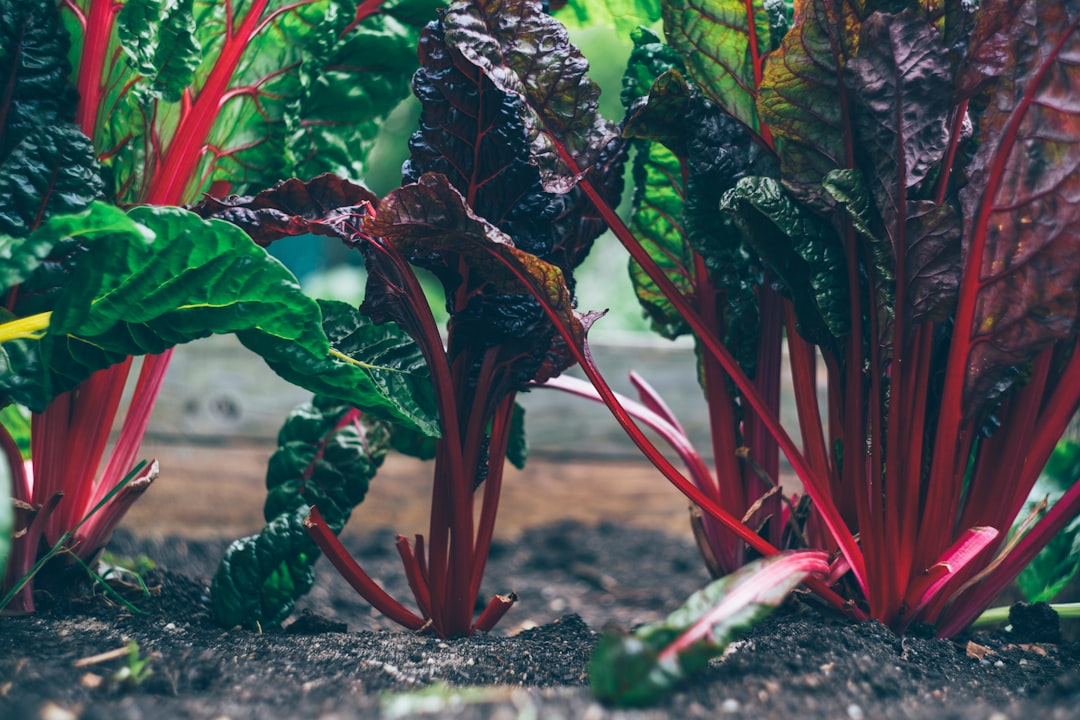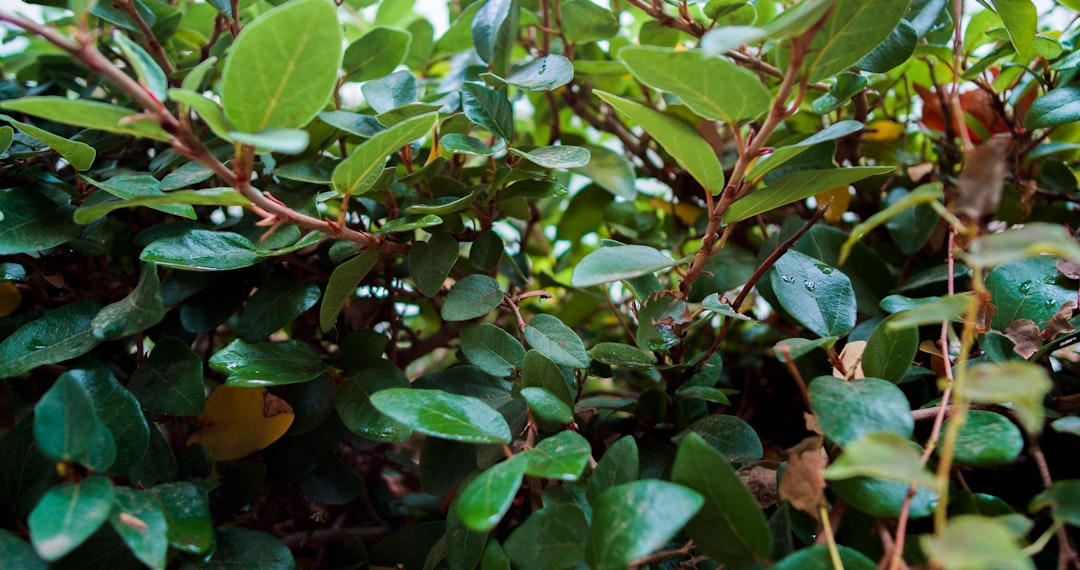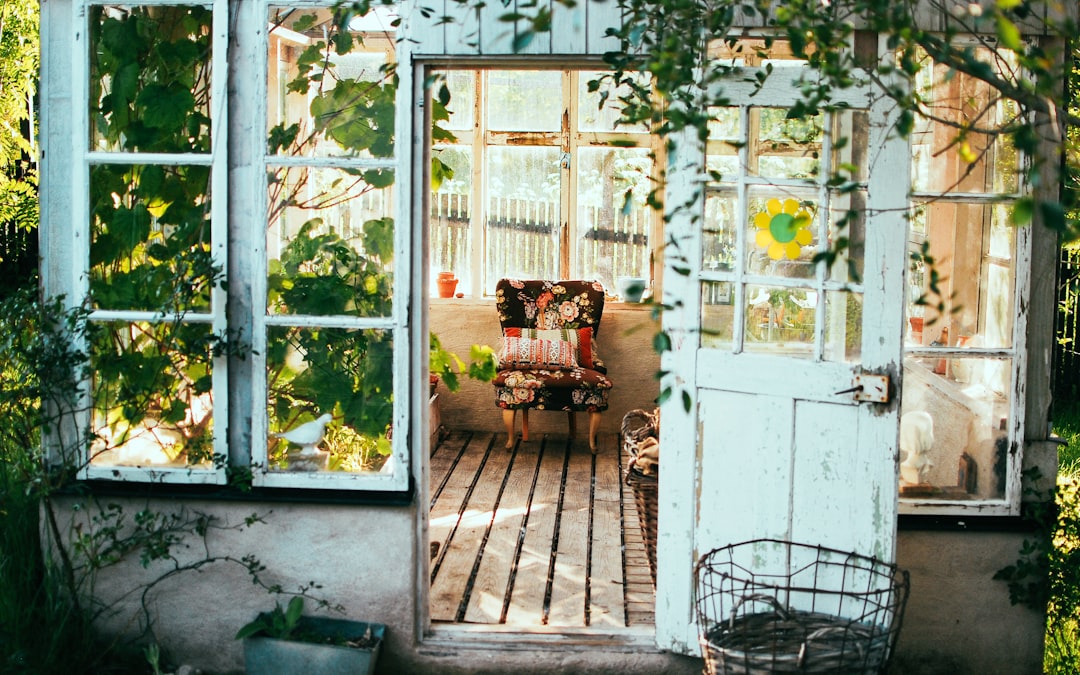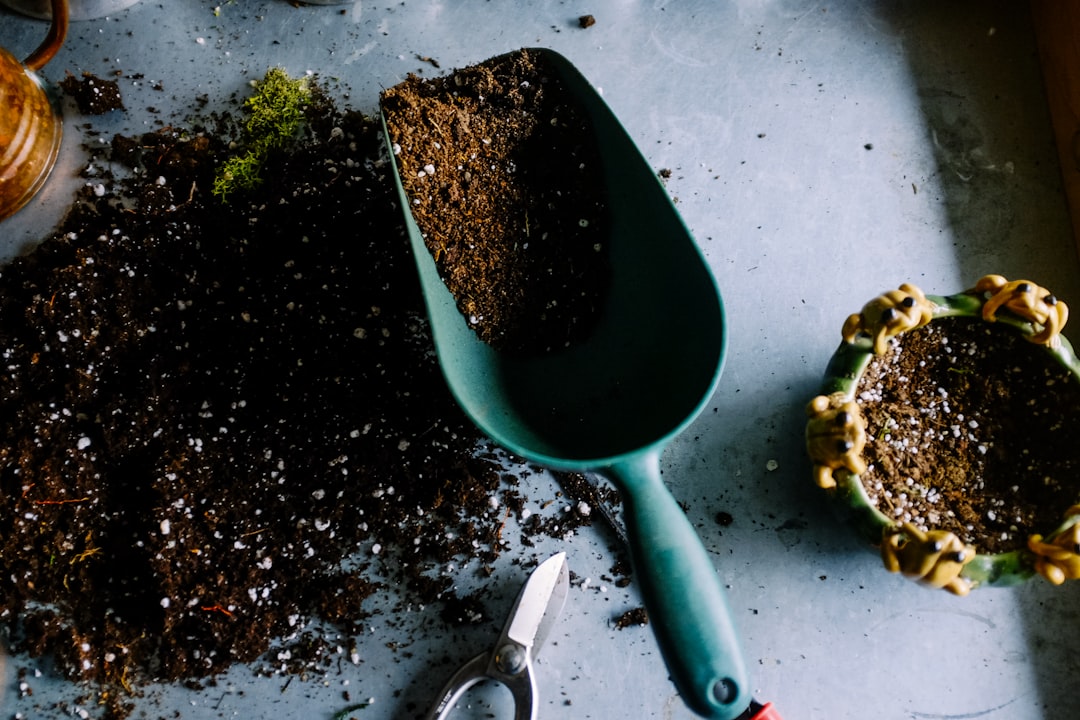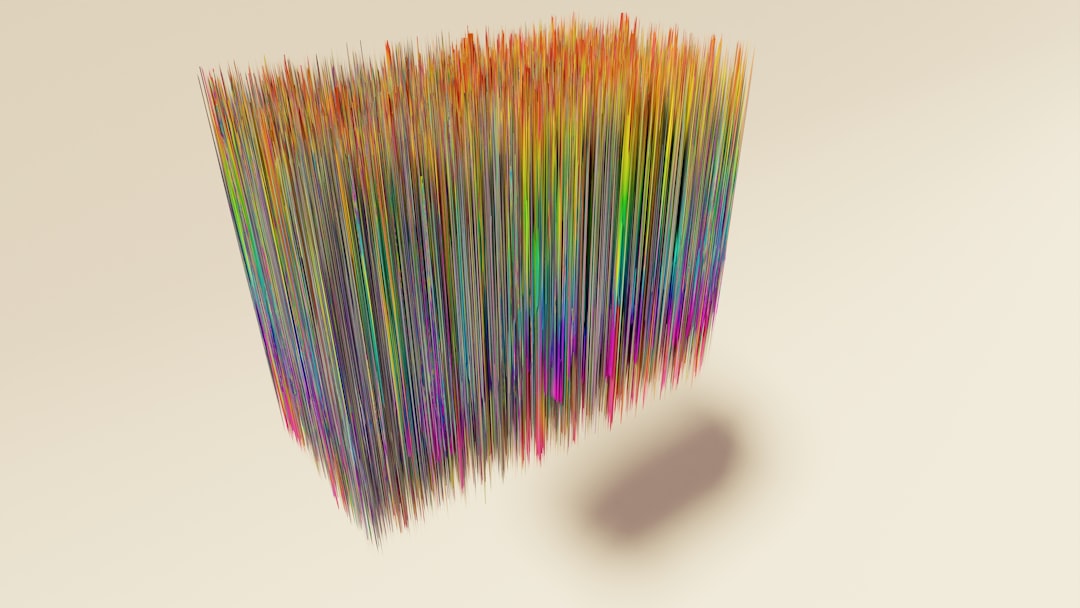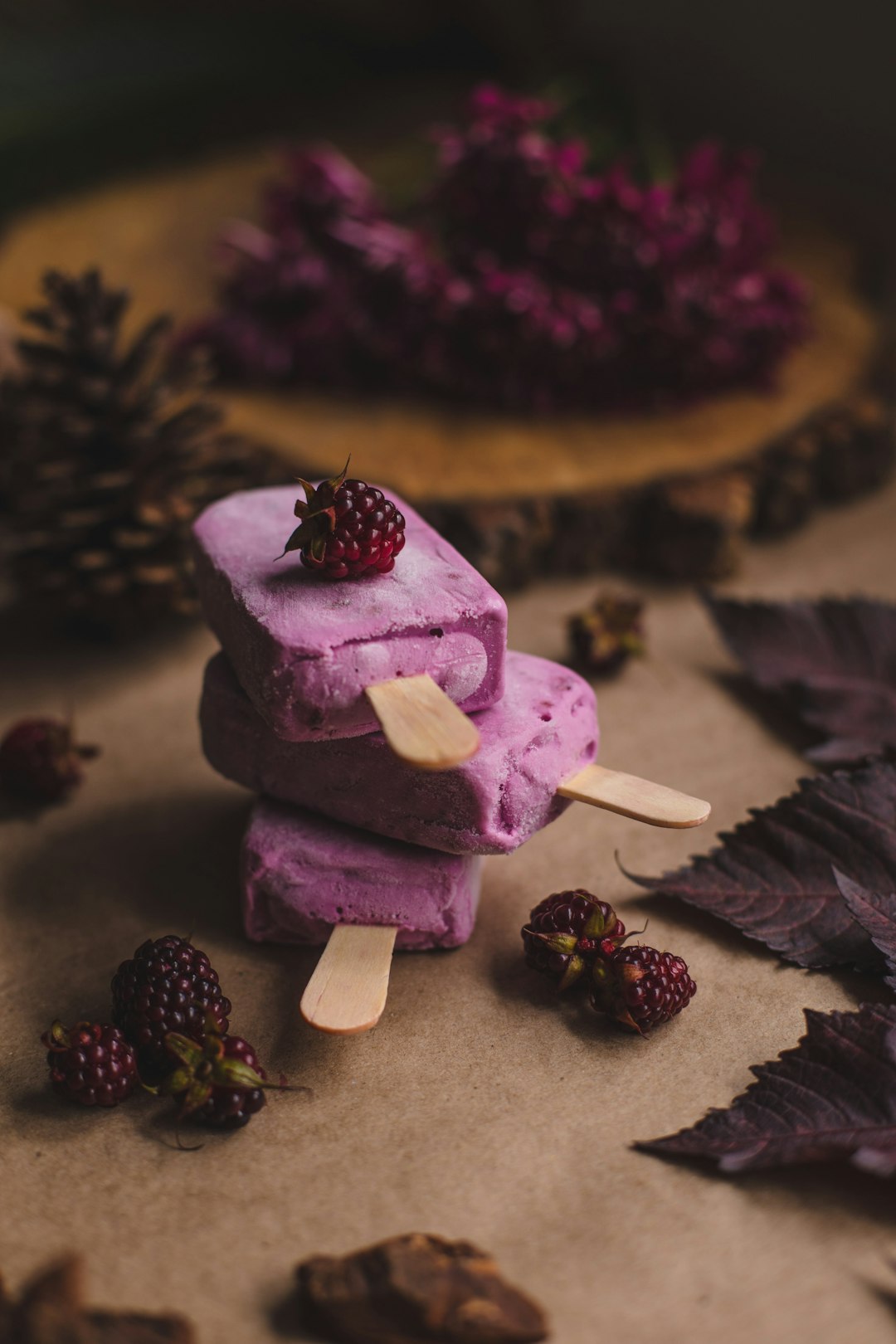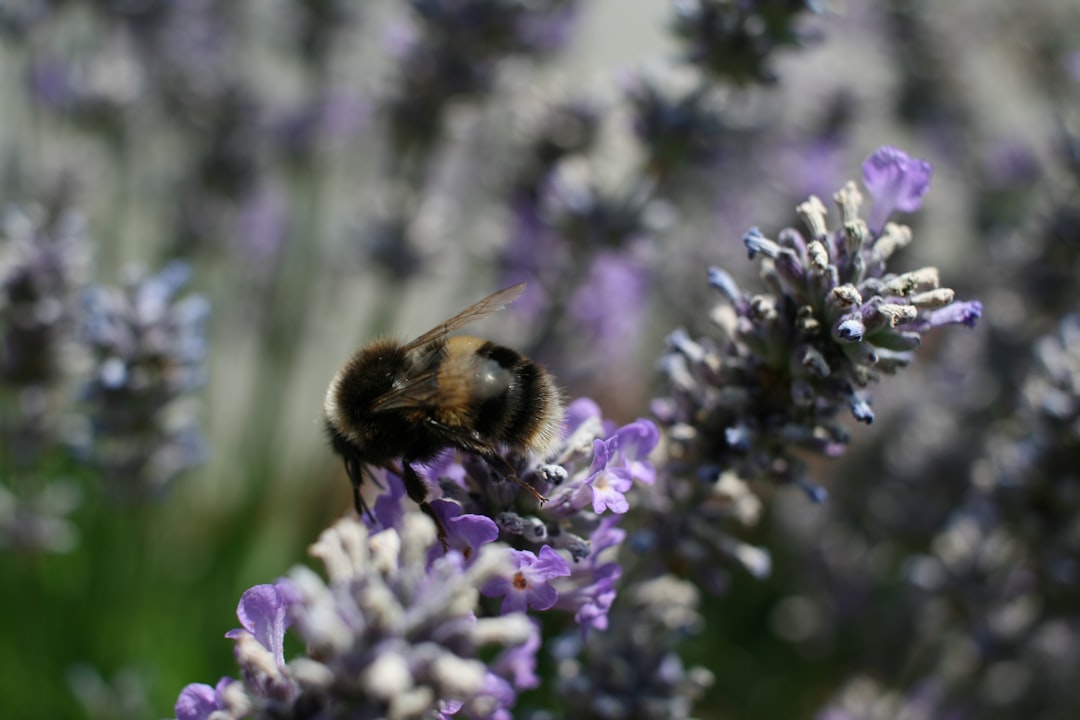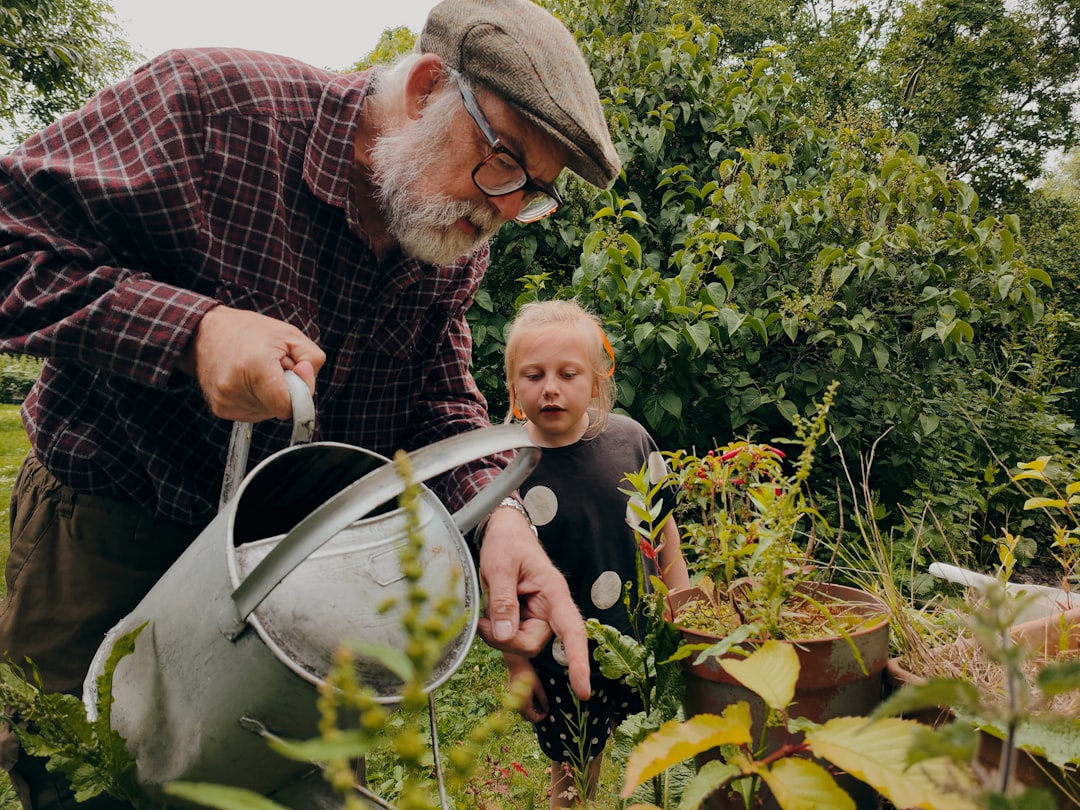
Flowers have always held a special place in the hearts of gardening enthusiasts. Among the vast array of floral wonders, bunchberry stands out as a unique and charming option. This low - growing, hardy native groundcover is a true delight, offering both aesthetic appeal and ecological benefits.
Bunchberry, scientifically known as Cornus canadensis, is a perennial plant that belongs to the dogwood family. It is native to the cool, shady forests of North America, from Alaska to Newfoundland and south to the Appalachian Mountains. Its natural habitat gives us clues about its preferred growing conditions, which we'll explore in detail later.
One of the most striking features of bunchberry is its beautiful white spring flowers. In late spring to early summer, the plant produces clusters of small, star - shaped white flowers. These flowers are not only visually appealing but also attract a variety of pollinators, such as bees and butterflies. The sight of these delicate white blossoms carpeting the forest floor or a garden bed is truly a sight to behold.
As the seasons change, bunchberry continues to impress. In the fall, the plant produces bright red berries. These berries are not only a feast for the eyes but also an important food source for many wildlife species, including birds and small mammals. The contrast between the red berries and the changing foliage of the surrounding plants adds a splash of color to the autumn landscape.
Now, let's delve into the details of how to grow bunchberry successfully. First and foremost, it's important to understand its growing requirements. Bunchberry thrives in shady to partially shaded areas. It prefers well - drained, acidic soil that is rich in organic matter. This mimics its natural forest floor habitat, where it receives filtered sunlight and benefits from the decaying leaves and other organic materials.
When it comes to planting bunchberry, you can start with either seeds or transplants. If you choose to start from seeds, it's important to note that they have a hard outer coat and require a period of cold stratification. This can be achieved by placing the seeds in a moist paper towel inside a plastic bag and refrigerating them for several weeks before planting. Transplants, on the other hand, offer a quicker way to establish your bunchberry patch. You can purchase them from a reputable nursery or obtain them from a friend's garden.
Once planted, bunchberry requires minimal maintenance. Regular watering is essential, especially during dry periods. However, be careful not to over - water, as the plant does not tolerate waterlogged soil. Mulching around the plants with a layer of organic material, such as shredded leaves or pine needles, helps to retain moisture, suppress weeds, and add nutrients to the soil over time.
Pruning bunchberry is generally not necessary, as it has a naturally low - growing and compact habit. However, if you notice any dead or damaged foliage, you can gently remove it to keep the plant looking tidy. Additionally, dividing the plants every few years can help to rejuvenate the patch and promote healthy growth.
In terms of pest and disease management, bunchberry is relatively resistant. However, it can be susceptible to some common garden pests, such as slugs and snails. You can control these pests by using natural methods, such as hand - picking or setting up beer traps. As for diseases, keeping the plant in well - drained soil and providing adequate air circulation can help prevent issues such as root rot.
In conclusion, bunchberry is a wonderful addition to any garden. Its beautiful spring flowers, colorful fall berries, and low - maintenance nature make it an ideal choice for both novice and experienced gardeners. By following the tips outlined above, you can enjoy the beauty of this native groundcover for years to come.
New






